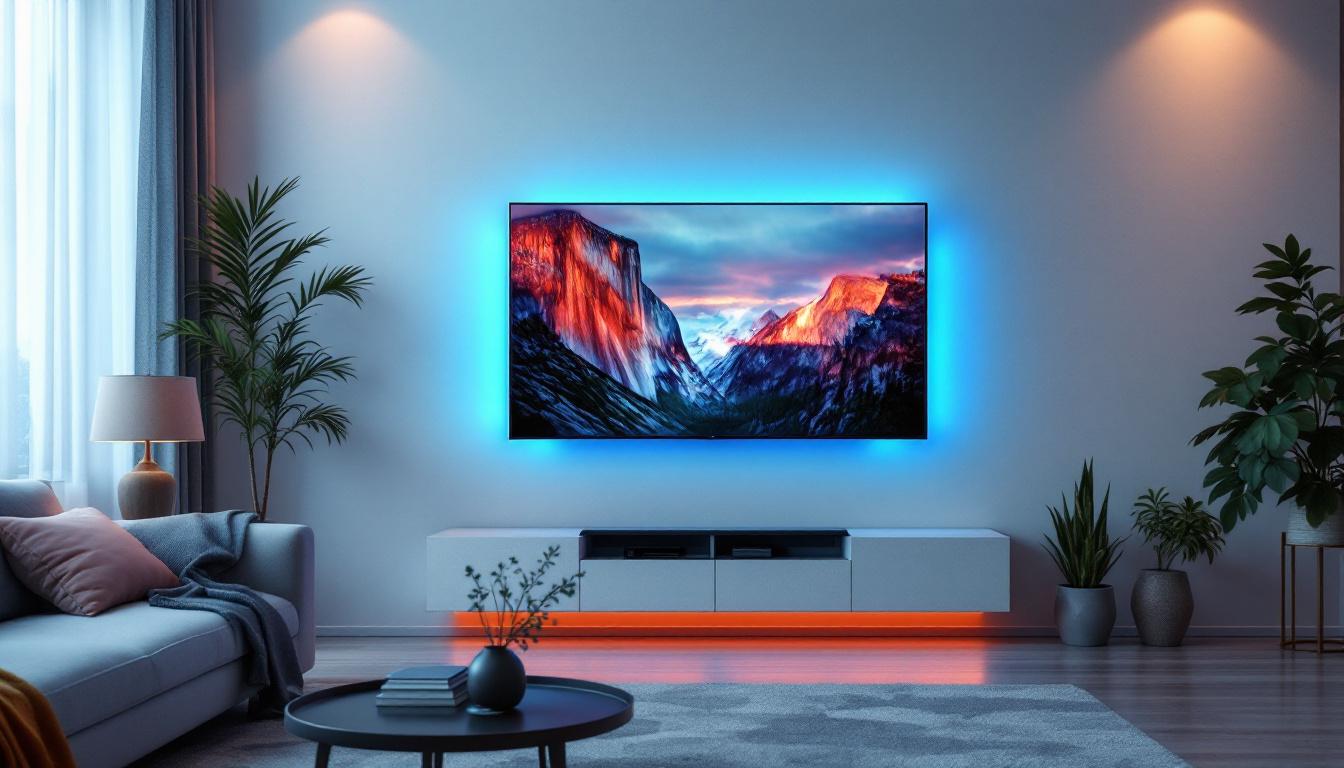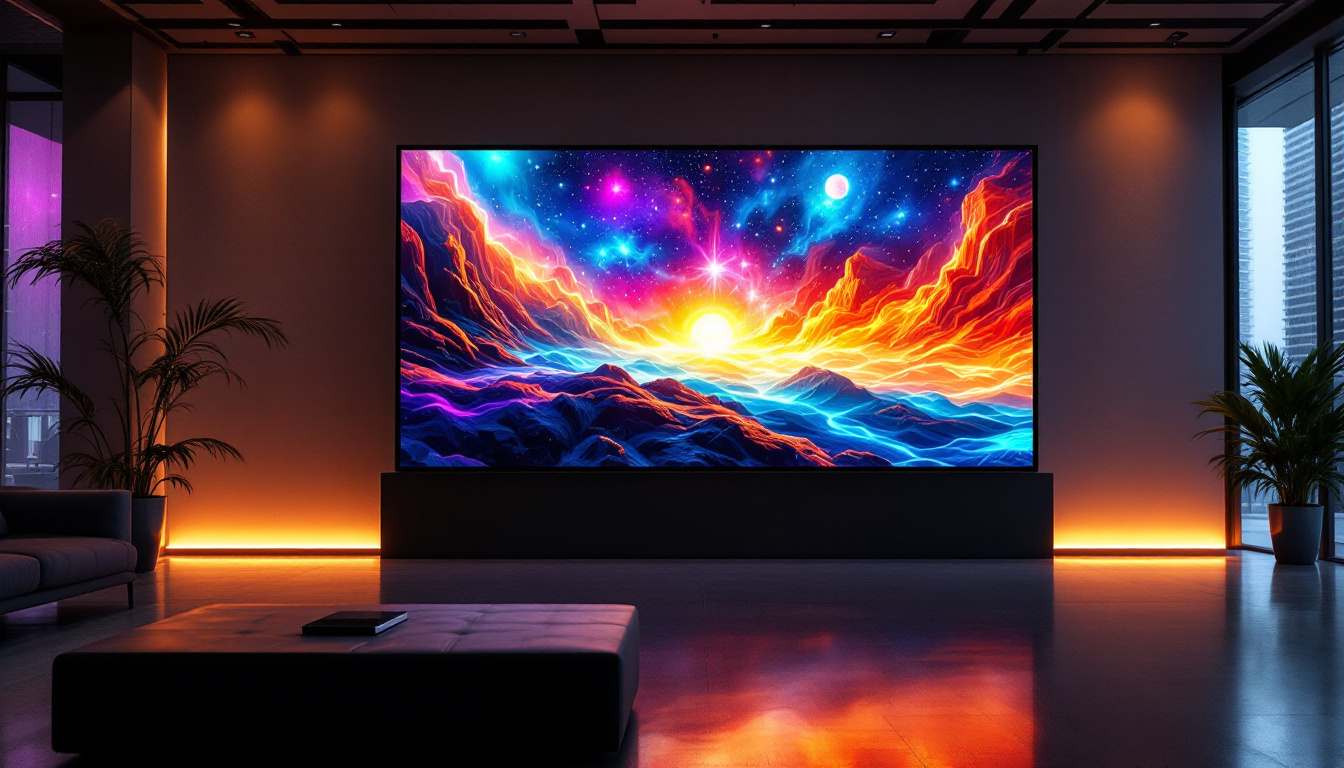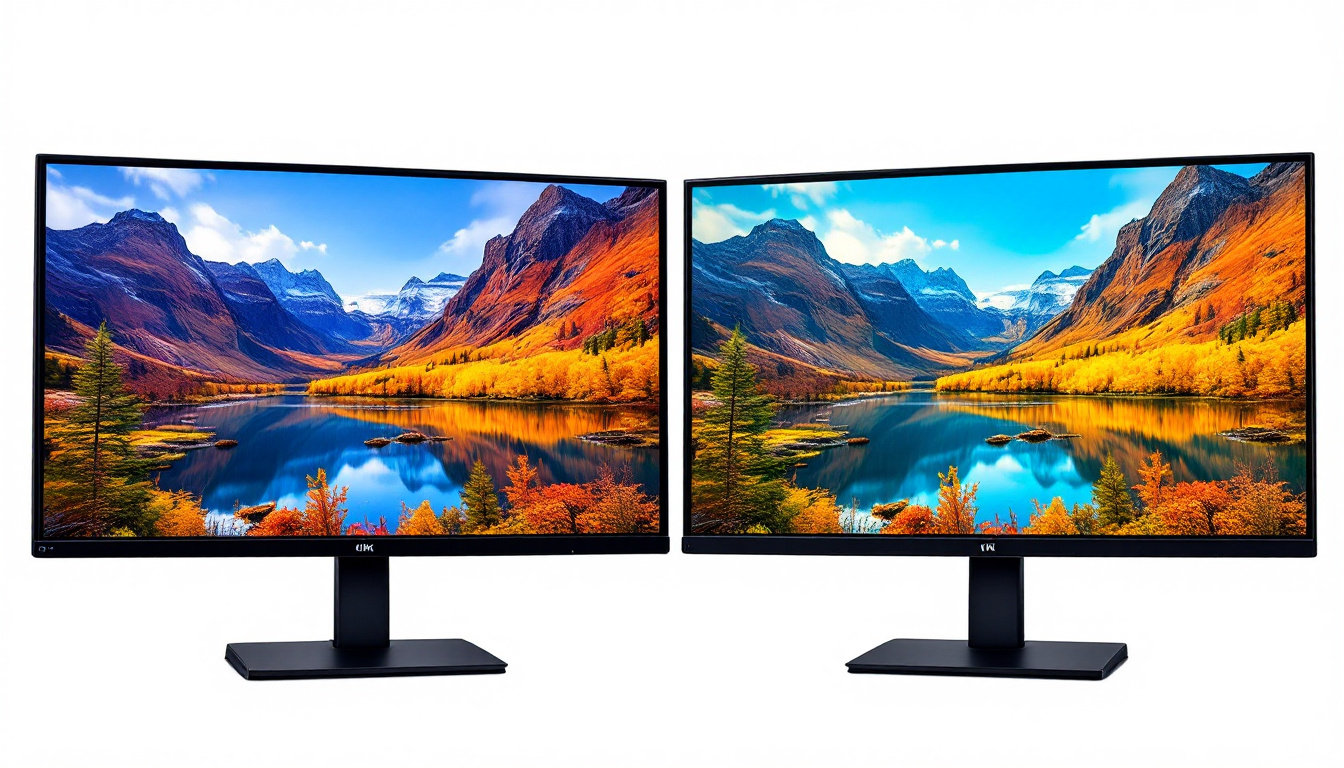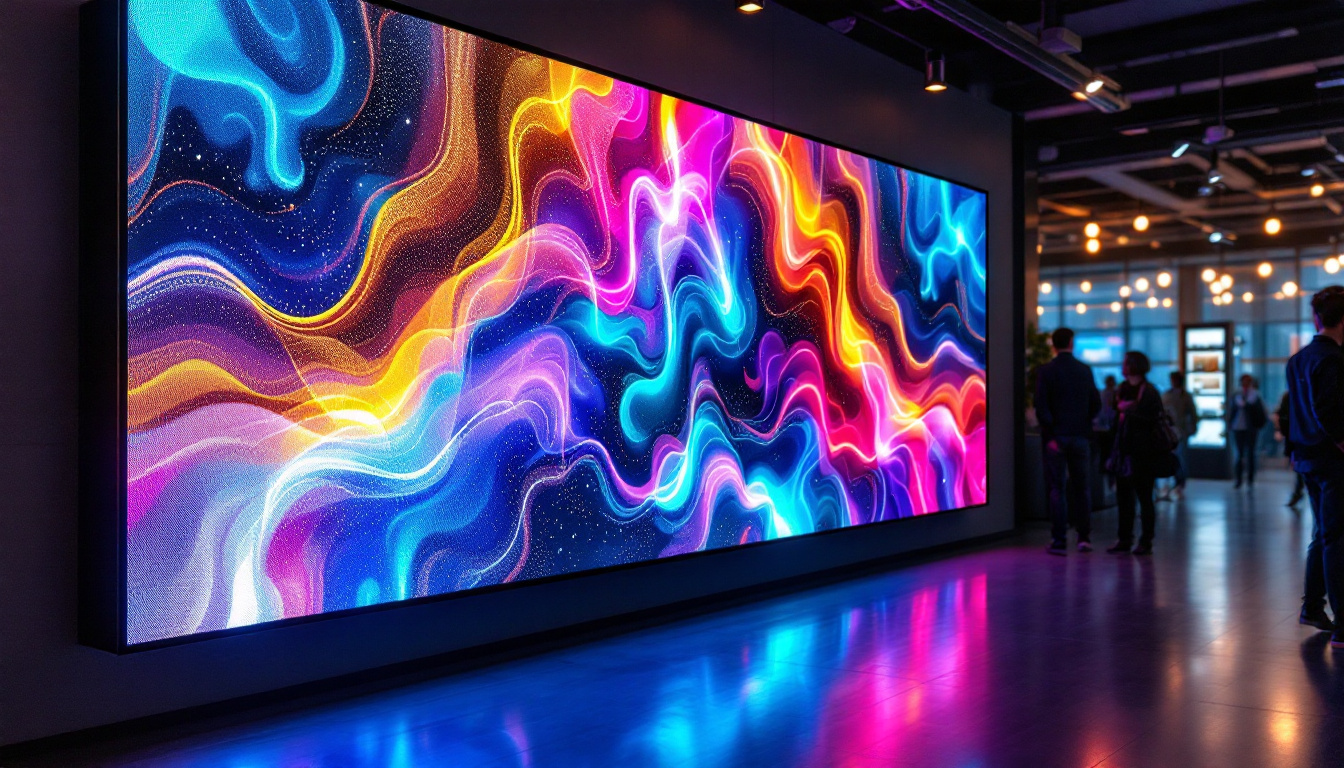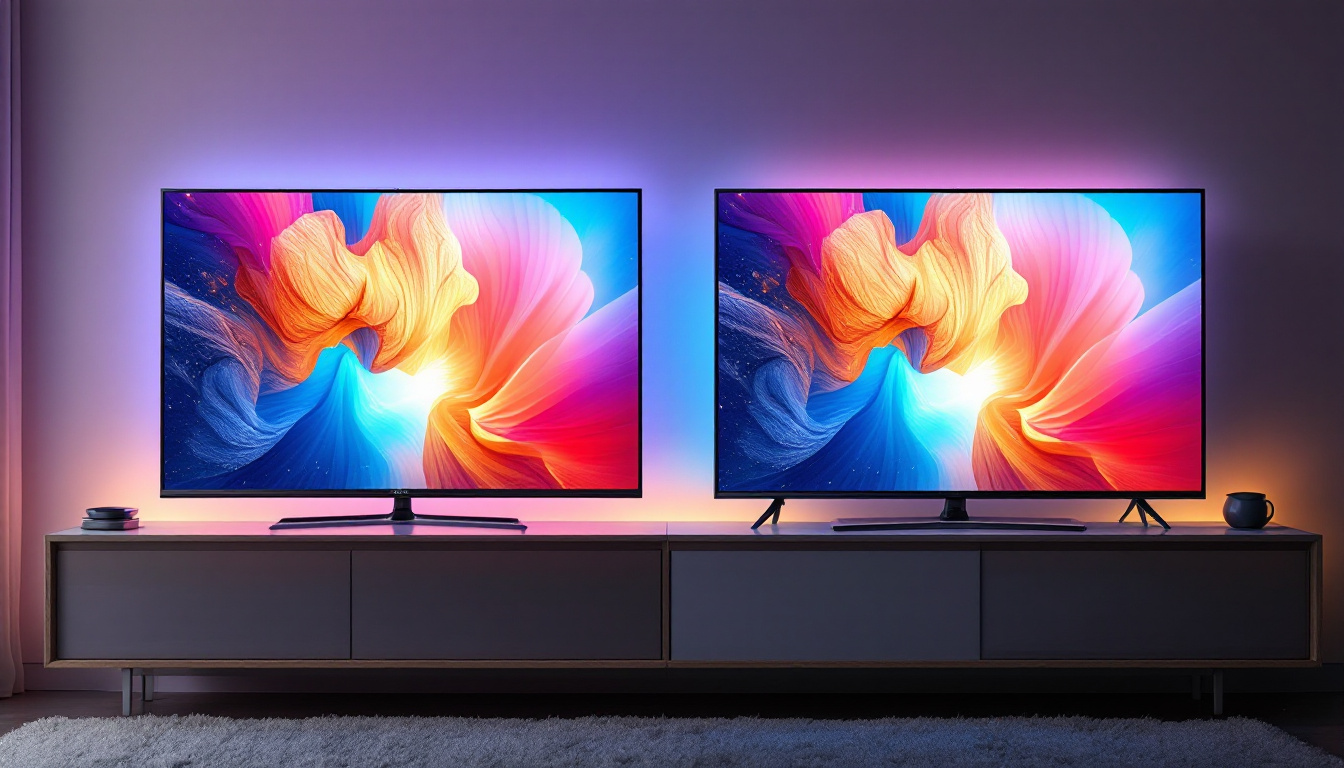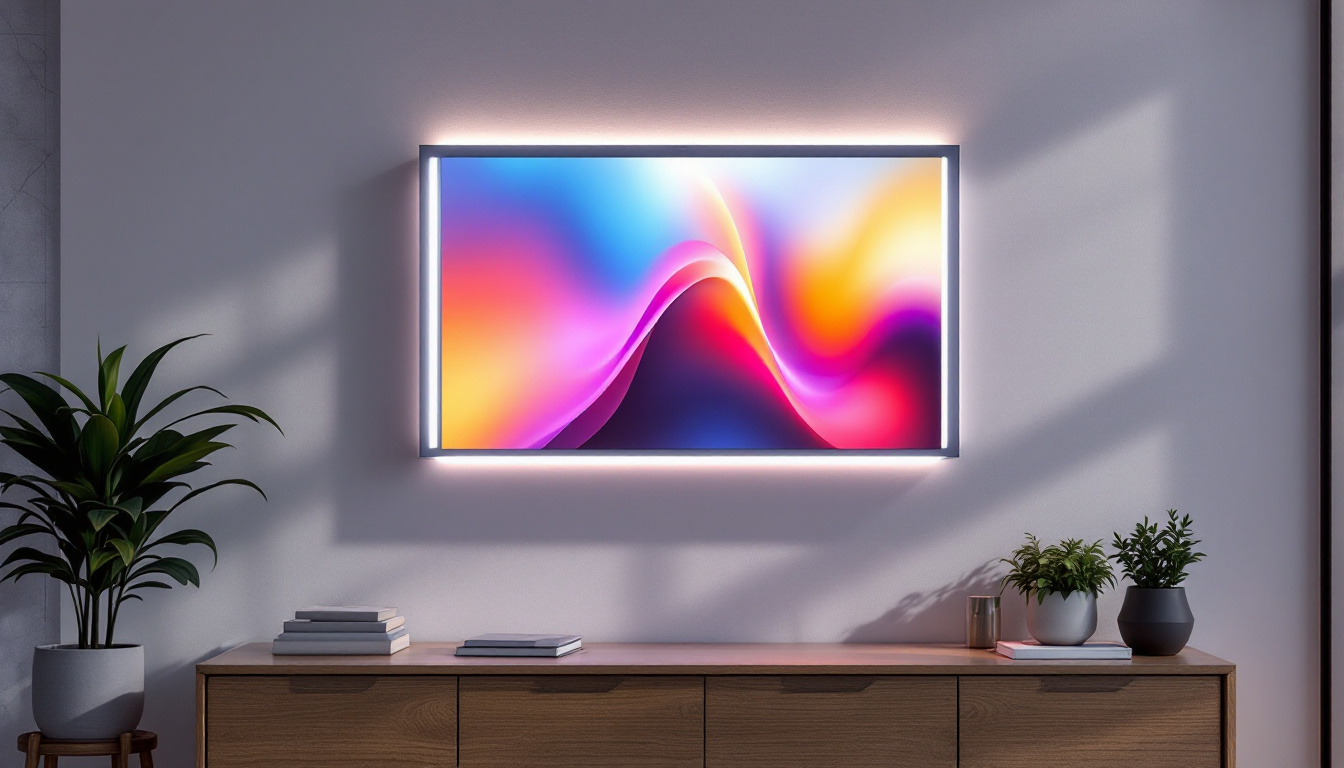Computer LCD Monitor: LED Display Explained
In the realm of computer displays, the terms LCD and LED are often used interchangeably, leading to confusion among consumers and tech enthusiasts alike. Understanding the differences between these technologies is crucial for making informed purchasing decisions. This article delves into the intricacies of LCD monitors and the role of LED technology in modern displays.
Understanding LCD Technology
Liquid Crystal Display (LCD) technology has been a cornerstone of visual display for decades. It operates on the principle of manipulating light through liquid crystals, which are sandwiched between layers of glass. This technology is widely used in televisions, computer monitors, and smartphones due to its thin profile and energy efficiency.
How LCD Works
At its core, an LCD monitor utilizes two polarized panels with liquid crystals between them. When an electric current passes through the liquid crystals, they align in such a way that allows varying degrees of light to pass through. This process creates images on the screen. The backlight, typically fluorescent in older models, illuminates the liquid crystals, allowing for vibrant colors and clear images.
The resolution of an LCD monitor is determined by the number of pixels it can display. Higher resolutions result in sharper images, making them ideal for graphic design, gaming, and general use. Common resolutions include Full HD (1920×1080), Quad HD (2560×1440), and 4K (3840×2160). As technology advances, we are also witnessing the emergence of 8K displays, which offer even more detail and clarity, pushing the boundaries of visual experience to new heights.
Advantages of LCD Monitors
One of the primary advantages of LCD monitors is their slim design, which allows for space-saving setups. Additionally, they consume less power compared to older cathode-ray tube (CRT) monitors, making them more energy-efficient. LCDs also provide excellent color reproduction and sharpness, which enhances the viewing experience.
Moreover, LCD monitors are less prone to screen burn-in, a phenomenon where static images become permanently etched into the screen. This makes them suitable for various applications, from office work to gaming. The technology has also evolved to include features such as adaptive refresh rates and HDR (High Dynamic Range) support, which further improve the visual quality by providing smoother motion and a wider color gamut. These advancements have made LCDs not just a practical choice, but also a preferred option for professionals in fields like photography and video editing, where color accuracy is paramount.
Another notable benefit of LCD technology is its versatility in different environments. Whether it’s a brightly lit office or a dimly lit home theater, modern LCDs can be designed to perform optimally in various lighting conditions. Anti-glare coatings and adjustable brightness settings help to enhance visibility, ensuring that users can enjoy their content without straining their eyes. Furthermore, advancements in panel technology, such as IPS (In-Plane Switching) and VA (Vertical Alignment), have improved viewing angles and contrast ratios, making it easier for multiple viewers to enjoy the same screen without significant color distortion.
The Evolution of LED Technology
Light Emitting Diode (LED) technology has revolutionized the display industry. Initially, LEDs were used for backlighting LCD screens, but advancements have led to the development of LED monitors that utilize this technology more comprehensively. The journey from simple indicator lights to sophisticated display systems illustrates the rapid pace of innovation in this field, driven by both consumer demand and technological breakthroughs.
Types of LED Displays
There are two primary types of LED displays: Edge-lit and Backlit. Edge-lit LED monitors have LEDs positioned along the edges of the screen, which allows for a thinner design. However, this can sometimes result in uneven lighting and less vibrant colors. Despite these drawbacks, edge-lit displays are often favored in environments where space is a premium, such as in sleek office setups or modern living rooms.
On the other hand, Backlit LED monitors feature a matrix of LEDs behind the screen, providing more uniform lighting and better color accuracy. This type of display is often preferred for professional applications where color precision is critical. Additionally, advancements in backlighting technology, such as local dimming, have further enhanced the performance of these displays, allowing for improved contrast and dynamic range. This makes backlit monitors an excellent choice for photographers, graphic designers, and video editors who rely on accurate color representation.
Benefits of LED Technology
LED technology offers several advantages over traditional LCDs. One of the most significant benefits is improved energy efficiency. LED monitors consume less power, which can lead to lower electricity bills and a reduced environmental impact. This energy efficiency is not only beneficial for consumers but also aligns with global efforts to promote sustainability and reduce carbon footprints in technology.
Additionally, LED displays typically offer better contrast ratios, resulting in deeper blacks and brighter whites. This enhances the overall visual experience, making LED monitors popular for gaming and multimedia consumption. The rapid response times of LED technology also contribute to smoother motion handling, reducing blur during fast-paced scenes in games and movies. Furthermore, the longevity of LED displays, often exceeding 50,000 hours of use, means that consumers can enjoy high-quality visuals without the frequent need for replacements, making it a cost-effective choice in the long run.
Comparing LCD and LED Monitors
While LED technology is often associated with LCD monitors, it’s essential to understand the differences between the two. All LED monitors are technically LCDs, but not all LCDs are LED monitors. The distinction lies primarily in the backlighting technology used.
Image Quality
When it comes to image quality, LED monitors generally outperform traditional LCDs. The enhanced contrast ratios and color accuracy provided by LED backlighting make a noticeable difference in visual clarity. This is particularly important for graphic designers and photographers who require precise color representation.
However, some high-end LCD monitors with advanced technologies, such as IPS (In-Plane Switching), can still rival LED displays in terms of color accuracy and viewing angles. Therefore, it’s crucial to consider the specific model and its features rather than solely focusing on the backlighting technology.
Cost Considerations
Cost is another factor to consider when comparing LCD and LED monitors. Generally, LED monitors tend to be more expensive due to their advanced technology and superior performance. However, prices have been decreasing over the years, making LED displays more accessible to a broader audience.
For budget-conscious consumers, traditional LCD monitors may still provide adequate performance for everyday tasks such as browsing, word processing, and basic gaming. Ultimately, the choice between the two will depend on individual needs and budget constraints.
Choosing the Right Monitor for Your Needs
When selecting a monitor, it’s essential to consider various factors, including intended use, budget, and personal preferences. Understanding the differences between LCD and LED displays can help narrow down options and ensure a satisfactory purchase.
For Gamers
Gamers often prioritize refresh rates, response times, and color accuracy. LED monitors, particularly those with high refresh rates and low response times, are ideal for immersive gaming experiences. Features such as G-Sync or FreeSync can also enhance gameplay by reducing screen tearing and stuttering.
Additionally, a monitor with a high resolution, such as 1440p or 4K, can significantly improve visual quality in gaming, allowing for a more engaging experience. Investing in a quality LED monitor can provide gamers with the competitive edge they need.
For Professionals
For professionals in fields such as graphic design, video editing, or photography, color accuracy is paramount. Monitors with IPS technology, often found in high-end LCD and LED models, offer superior color reproduction and wider viewing angles.
Additionally, features such as adjustable color settings and calibration options can be beneficial for professionals who require precise color matching. Investing in a monitor that meets these specifications can enhance productivity and ensure high-quality work.
Future of Monitor Technology
The monitor technology landscape is continuously evolving, with new innovations on the horizon. Emerging technologies such as OLED (Organic Light Emitting Diodes) and Mini-LED are gaining traction, promising even better color accuracy, contrast ratios, and energy efficiency.
The Rise of OLED Displays
OLED technology offers several advantages over traditional LCD and LED displays. Each pixel in an OLED display emits its light, allowing for true blacks and vibrant colors. This results in an unparalleled viewing experience, particularly in dark environments.
While OLED displays are currently more expensive and less common in the monitor market, they are gaining popularity, especially among high-end users. As production costs decrease, OLED technology may become more mainstream, providing consumers with even more options.
Mini-LED Technology
Mini-LED is another exciting development in display technology. By using smaller LEDs for backlighting, Mini-LED monitors can achieve better local dimming and improved contrast ratios compared to traditional LED displays. This technology aims to bridge the gap between LCD and OLED, offering enhanced performance at a more affordable price point.
As manufacturers continue to innovate, the future of monitor technology looks promising. Consumers can expect more options that cater to their specific needs, whether for gaming, professional work, or general use.
Conclusion
Understanding the differences between LCD and LED monitors is essential for making informed decisions in today’s technology-driven world. While both technologies have their advantages and disadvantages, the choice ultimately depends on individual needs and preferences.
As technology continues to evolve, consumers can look forward to exciting advancements in display technology that enhance visual experiences across various applications. Whether it’s for gaming, professional work, or everyday tasks, there’s a monitor out there that fits every requirement.
In conclusion, investing in the right monitor can significantly impact productivity and enjoyment, making it a crucial decision for anyone looking to enhance their computing experience.
Discover the Future of Visual Display with LumenMatrix
Ready to elevate your visual experience with the latest in LED display technology? LumenMatrix is at the forefront of innovation, offering a wide range of LED display solutions tailored to meet your needs. From immersive Indoor LED Wall Displays to dynamic Outdoor LED Wall Displays, and from versatile Vehicle LED Displays to engaging LED Sports Displays, LumenMatrix has it all. Embrace the future of visual communication with our Custom LED Displays, All-in-One LED Displays, and LED Transparent Displays designed to captivate and engage. Check out LumenMatrix LED Display Solutions today and transform the way you share your message with the world.


